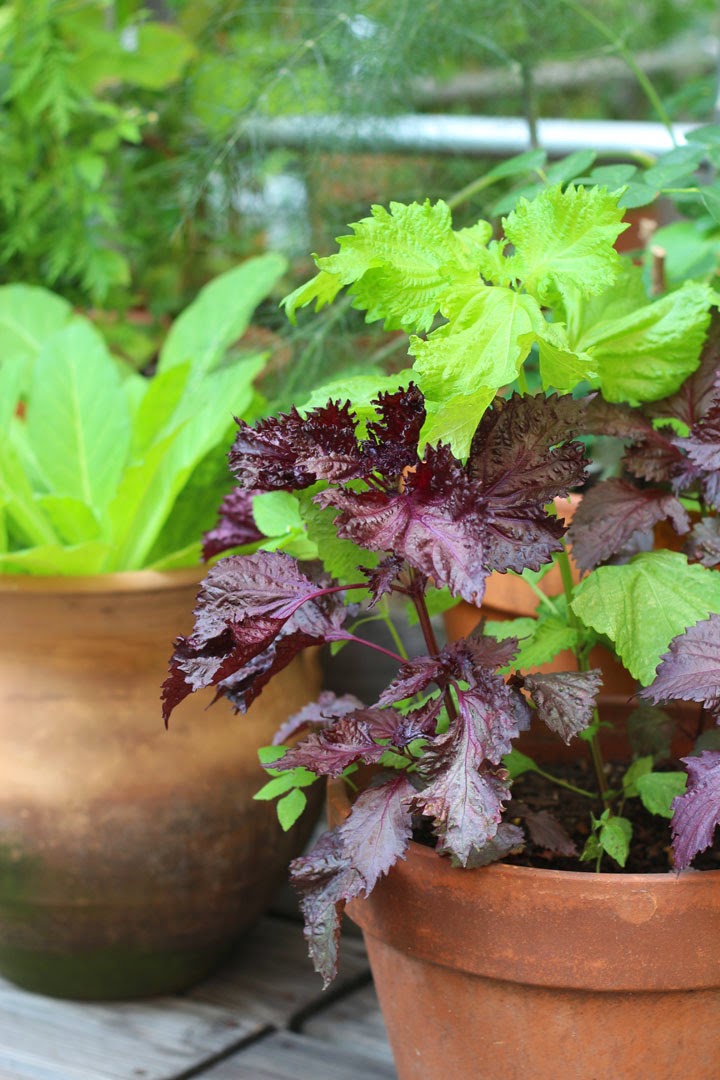When I looked at my photos from last night's supper on the Harlem terrace, I could tell at a glance that I did not take the one above. The Frenchman had picked up my camera (his old camera). So I give you his.
When friends came to share my wild dinner in the Cape Town winter of two weeks ago, they brought gifts. Rupert Koopman brought this barely-labeled red, and last night we attacked it. It was wonderful. Thank you Rupert. For a bottle that traveled far it fared very well.
The red Bordeaux blend (Cabernet sauvignon, Cabernet franc, Shiraz, Merlot) accompanied our pretty much annual porterhouse, purchased yesterday not from old, dear Los Paisanos in Brooklyn, but from Harlem Shambles, who source locally-raised meat, and where two butchers seemed about as excited about it as I was. It was trimmed very lovingly, and given a little pat. I grilled it over well-ashed coals, on a bed of oregano flowers, with a galvanized metal (zinc, for non Americans) bath over it to insulate. The neighbors must think I'm gaga.
...marjoram butter drizzled over at the end, and a side salad of terrace mint, chile, lime and pineapple (bought from a very sweet vendor on Frederick Douglass Boulevard at 116th, who also sells the nicest litchis I've seen out of Chinatown. I'll go back).
I gardened for several hours, in the afternoon, and the terrace is more tamed. I transplanted strawberries smothered by thyme and marjoram, relocated some full size Nicotiana (don't do this at home), cut off all the parsley and dill flowers (see vase above) and tossed the plants, fed the demanding beans and roses, cut the blueberries* back very hard - this is always terrifying - and left a bucketful of herbs at the font door for our upstairs neighbours.
*The blueberries in the freezer are calling me. I think the peach and blueberry cake is in our immediate future.
And now I'm off to Central Park on a reconnaissance mission - I'm leading a private walk for some Peninsula Hotel guests tomorrow and must see what is what.
My next public walk is August 16th, Dead Horse Bay (think sumac, black cherries and bayberry), then August 23rd, Central Park. See the link below for details.





















































